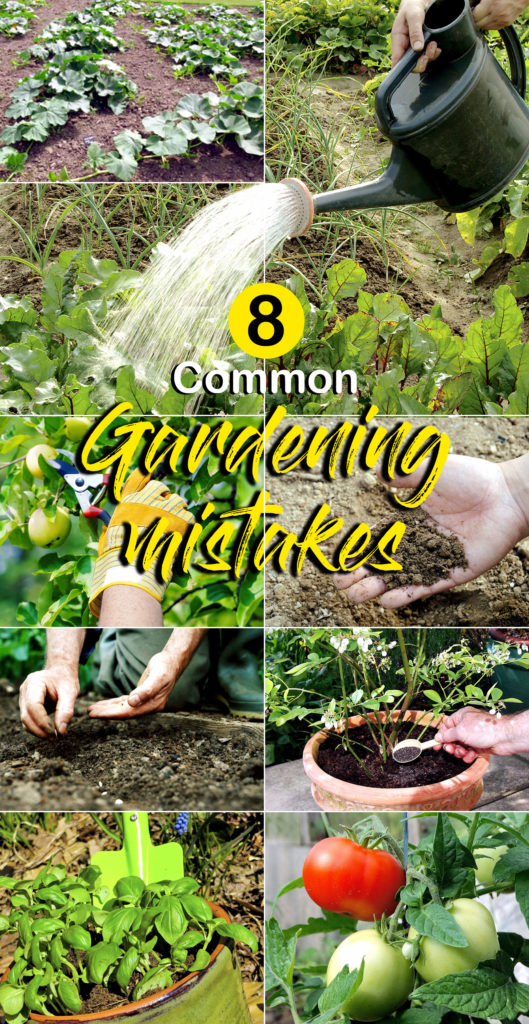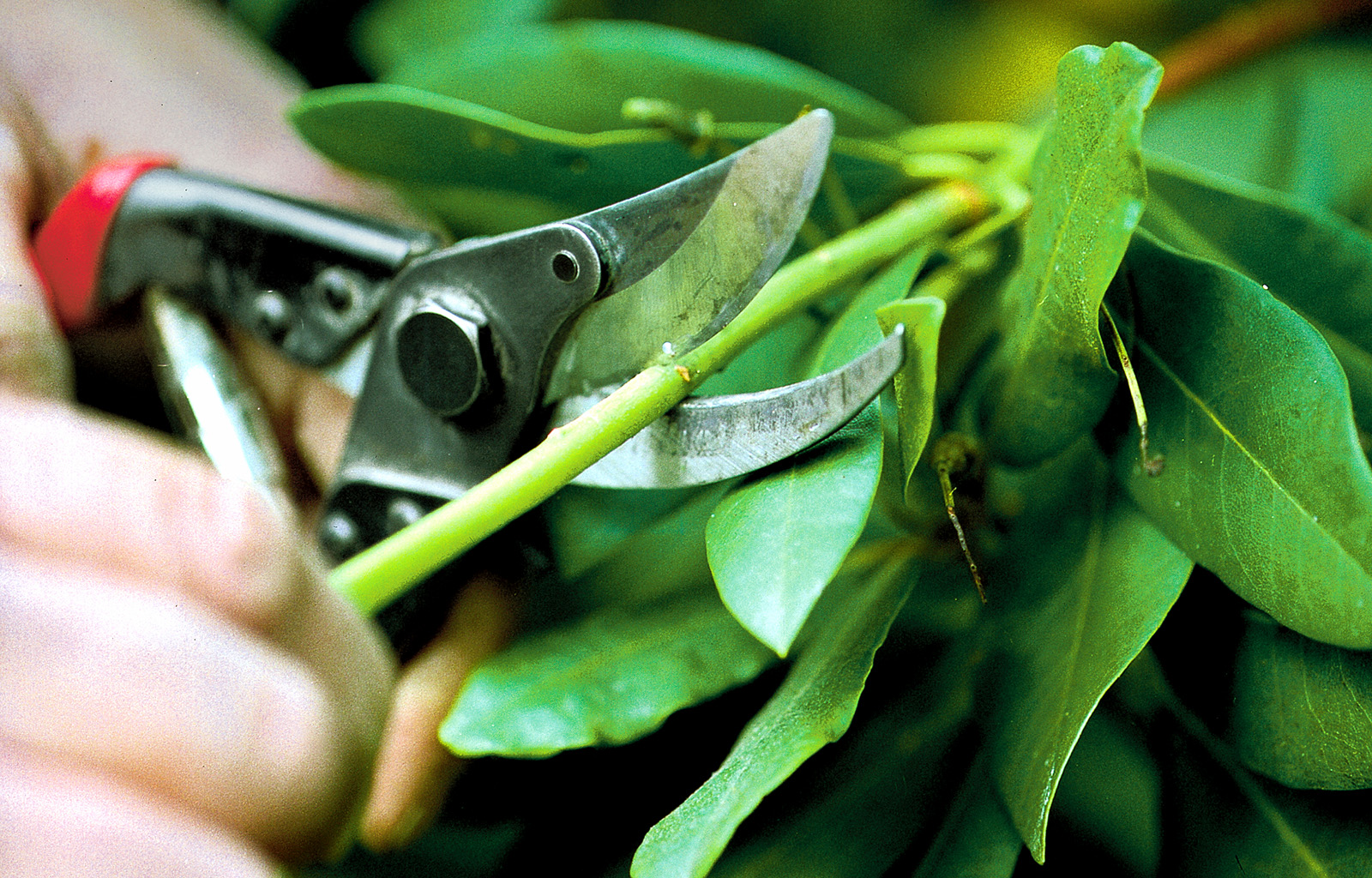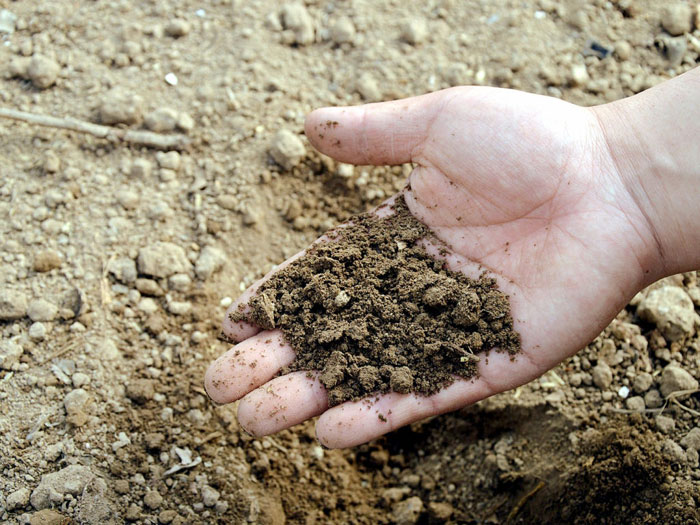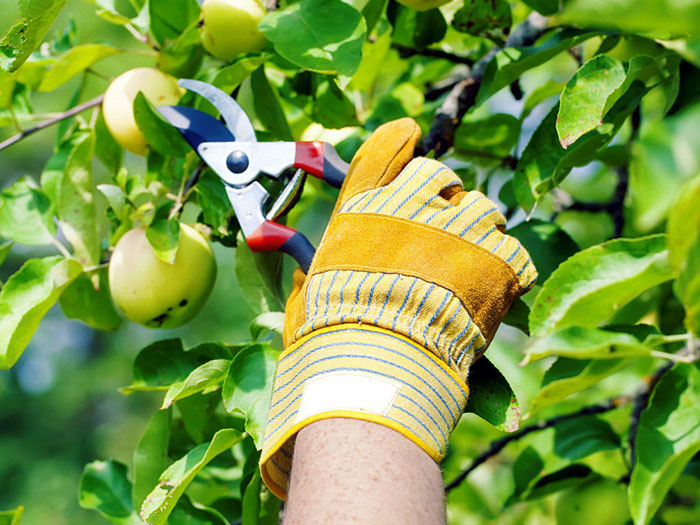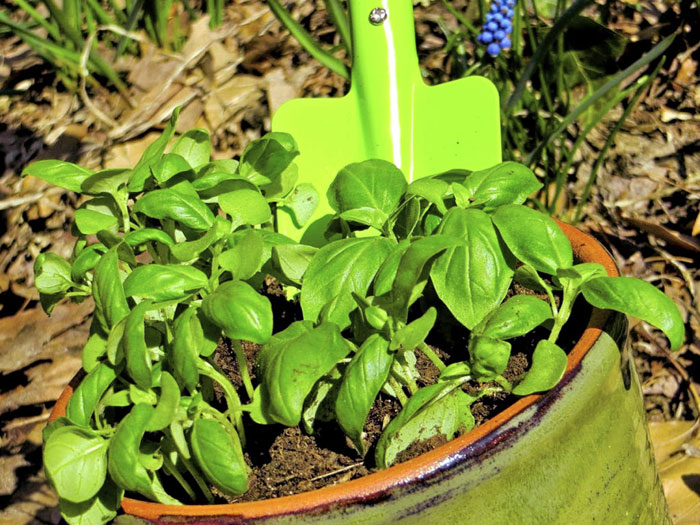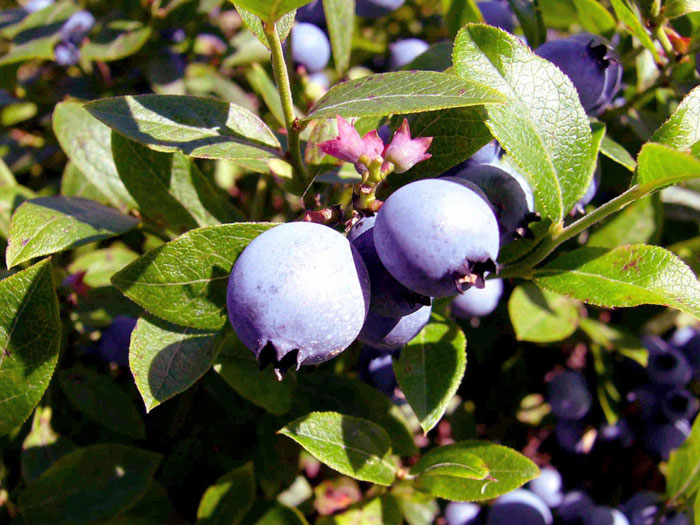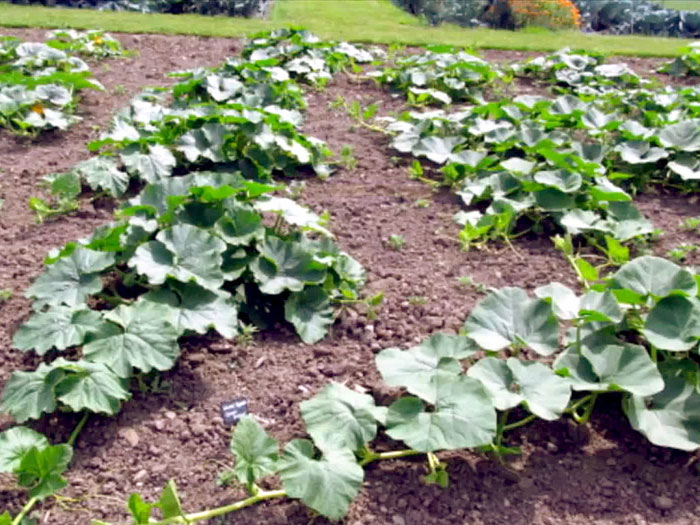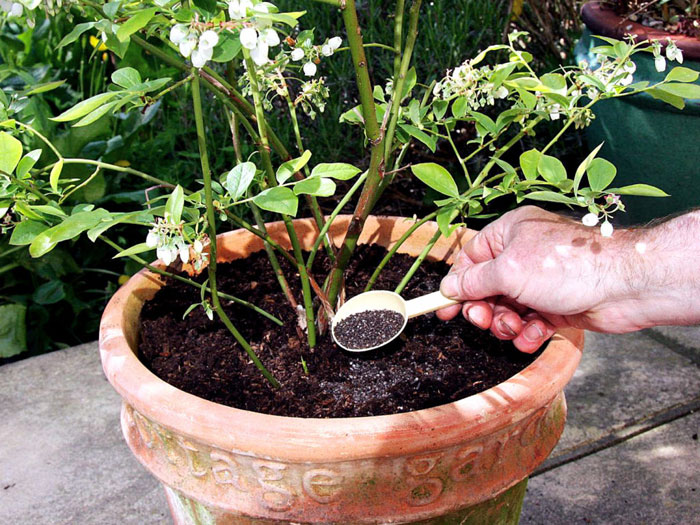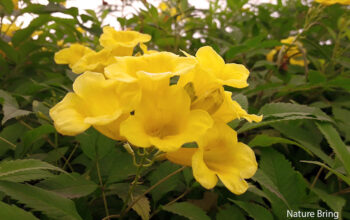Common Gardening mistakes
While gardening, you cannot control the weather, despite fighting with the best pests; Groundhog destroyed your vegetable gardens. We resort to a variety of books, net sites, etc. but there are some common gardening mistakes that happen inadvertently. These types of gardening mistakes are indispensable, however, that you can be easily avoided. Know Soil Research, Watering common gardening mistakes, Pruning, Sun lovers plants, Planting without Weather, Planting single self-sterile plants, Planting too much, Feeding your crop, You can improve such common gardening mistakes by taking a little information.
1. Soil Research
We forget that the soil is a living being, which always changes, the condition of the soil changes with the amount of rainfall, soil flow and the lack of drainage. Some plants are eliminated soil nutrients compared to other plants. Heavy rain can remove the added limestone to increase the pH level of the soil. Read more.
Examine the pH level and mineral profile during each growing season, thereby making necessary amendments in time. Check again to make sure.
The soil of organic matter has a modulating effect on chemistry, so there are less humidity and chemical fluctuation in your soil. Good soil is more important for your veggie garden so you add more organic ingredients. It will provide the necessity of your healthy plant and high-quality food.
2. Watering common gardening mistakes
Overwatering means you kill your plant with love very much. Most enthusiastic gardener mostly makes such mistakes. Stability and transplantation of the plant may require frequent water. But when the plant’s root system develops, then water them at regular intervals. Give those plants that are planted on the ground well watered so that the soil becomes completely wet. Provide water in the plant that is in the container until the water flows from the lower surface of the container. There should be sufficient drainage hole in the containers for proper drainage. The water should not be filled with the roots, because the stagnant water will deprive the plant roots of oxygen, And it can be a reason to cause root rot. Watering tips.
This is another common gardening mistakes in which Gardner gives water from the hand-held garden hose. When you sprinkle water to the top growth of the plant and wash the leaves and dust off the plant. You go satisfied and go, but the roots of the plant get less water, but in the afternoon sun, these plants feel tired and you sprinkle water again.
3. Pruning
After giving flowers and fruits, you remove dormant flower and buds. Some plants bring flowers to old branches. While new branches get thrived after pruning other plants, you should know all about your plant and then prune it out. Since pruning mostly encourages plant growth.
Pruning of the plant should be done during the end of the growing season when the plants move in an inactive stage. Early pruning will make them put out tender shoots and it will be damaged by frost, you can avoid this gardening mistake.
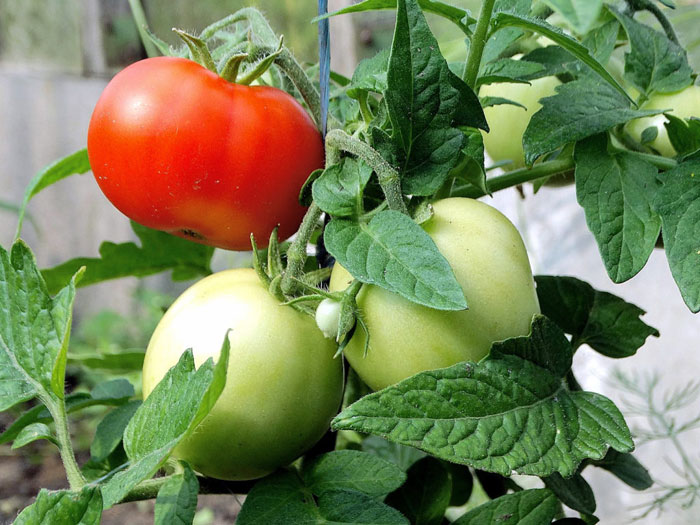
4. Sun lovers plants
The plant has a unique ability to make food in the presence of air, water, and sunlight. But sometimes we plant tomato under the tree and satisfied that it is planted in fertile soil. But after good growth the yield is depressing. Read more.
There are some wild plants that grow in shady places. But if there is a sunny plant planted in it, they will not thrive. Tomato or other vegetable plants require direct sunlight and in such places, they produce a lot of. If they are put in shades, you will see only green leaves.
5. Planting without Weather
It is wrong to plant saplings without proper weather, but it is a common gardening mistake that we use cuttings or seeds without any information, so many times the plants start and grow a bit and then it ends Are there. The weather is very high in tropical areas, and young plants require very much water, on the other side this does not happen in the north. The spring plant should be planted after the season and it should be left at the mercy of the cold, in such a situation, due to the change in temperature, the plant starts to adversely. Cool season veggies and summer flowers should thrive in the respective time. Some seed companies make their products in the ad off-season, if you buy the products at that time, then definitely read the instructions written on it.
6. Planting single self-sterile plants
Sometimes this happens when you buy a tree with a lot of hops, take care, it gives flowers, but does not produce fruit and you have to be frustrated. It means you have planted sterile plants. There are two options to get rid of this, you grow another plant and wait for the year. For successful pollination in blueberry plants, two different types of trees are needed. Successful pollination in apple plant requires two separate trees, but their blooming time should be the same. Some apple trees require sterile pollen, which requires you to plant a third tree. Some plums and pears are only partly self-reliant, and they also give some fruit, but the performance is not good. For better results, you meet experts or choose fertile plants themselves.
7. Planting too much
Many new gardeners are such that from the point of view of profit, they give more importance to dense yields in vegetable gardens. If you can not maintain good care, then the fruit is ripe and rotting Better and small than a waste of vegetables, this is a common Gardening mistake that often happens. Read more.
If there are some salad crops, such as spinach, lettuce, arugula, and kale etc., growing dense, it does not make any difference in production. On the contrary, some vegetables are those that require space to grow. such as tomatoes and eggplants need space to stay healthy and air circulation. If the plants are very close, then there is a possibility of diseases such as blight or mildew. There are such vegetables which require a place to breathe like broccoli, cauliflower, eggplant, sweet corn, potatoes, and peppers.
8. Feeding your crop
Unless the vegetables are properly planted in the prepared soil, their production cannot be increased. Along with compost, every time you saw or cut a new crop to amend your soil, add some additional compost. Granular, slow-release fertilizers are also useful, that will feed your plants for 90 days. As per the label’s instructions, you sprinkle the granules around the plant and whenever the rain the plants gets a meal. Also, keep in mind that they do not have enough feed to plants. Some crops, such as tomato, produce more leaves than the fruits, so it should be given more nitrogen.
Read also: 8 common gardening tools for beginners. During the Monsoon maintain your home garden. Growing organic Bottle gourd. How to grow beautiful indoor plants at home. Growing and care Begonia. Growing exotic tropical Canna lily in pots.
For Pin
